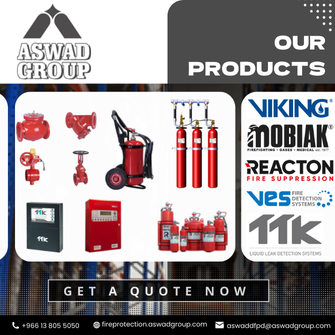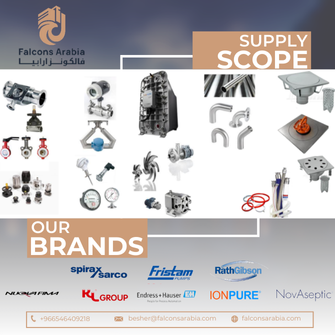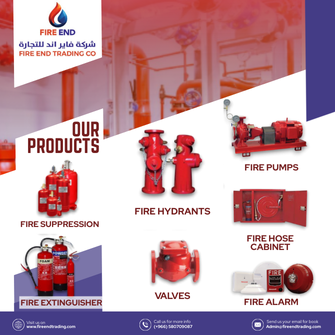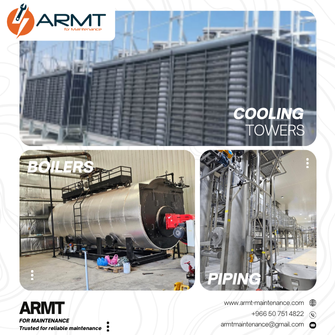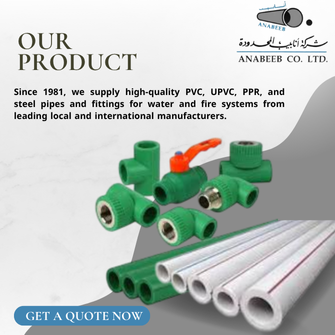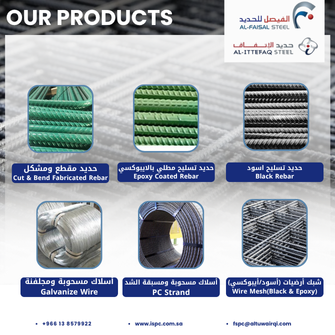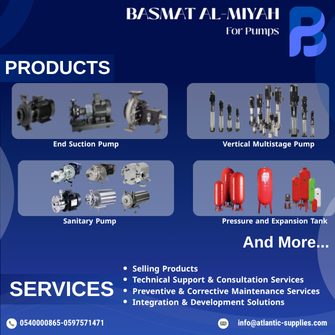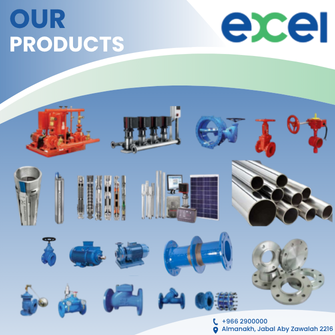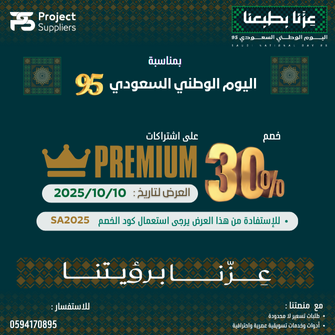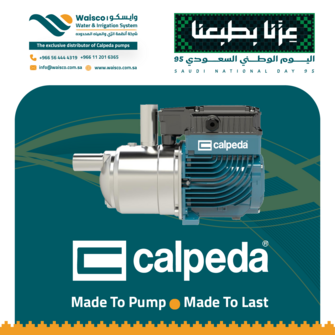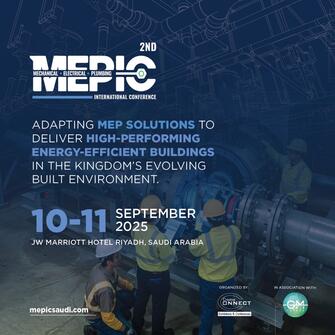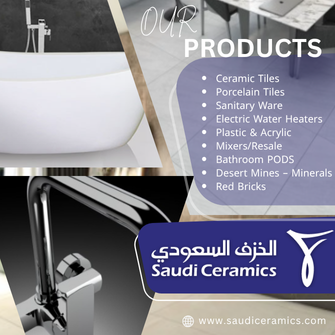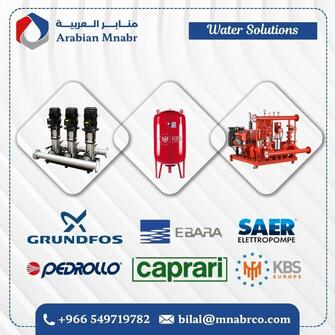advertisement
Service Information
POLYUREA COATINGS: THE BASICS
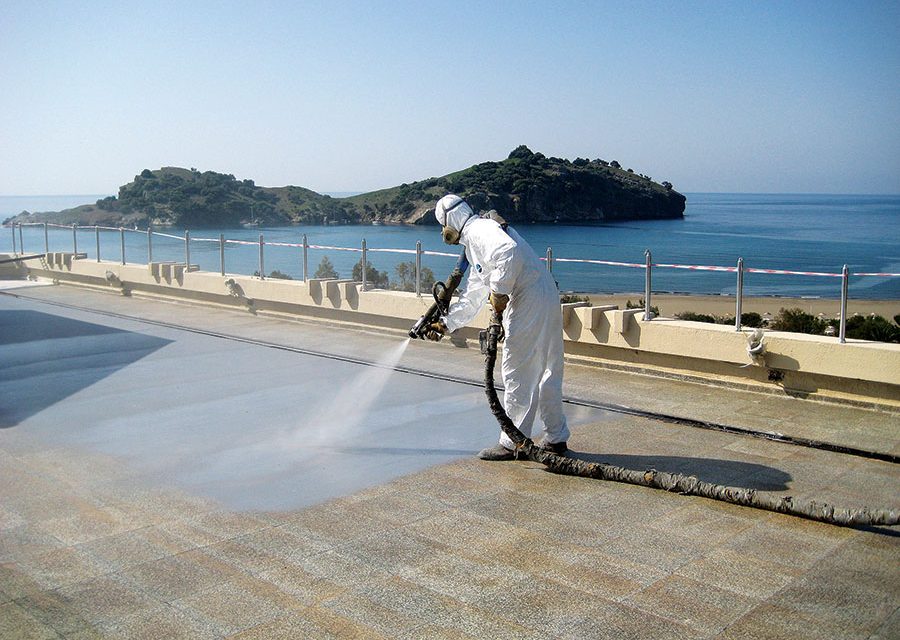
POLYUREA IS AN EXTREMELY VERSATILE COMPOUND, AND HAS BEEN USED SUCCESSFULLY FOR WATERPROOFING TANKS, PARKING GARAGES, RESERVOIRS, TUNNELS, AND AS A JOINT FILLER/CAULK.
The list of materials used as waterproof coatings through the ages is lengthy. For centuries, asphalt-based products such as pitch and tar were the only choice. In the 20th Century, a range of other options developed, including paint, epoxy, fiberglass and vinyl esters.
The latest coating technology is polyurea. Developed in the late 1980s for the automotive industry, this material is now used in a wide array of applications. Use of this material as industrial waterproofing has skyrocketed in popularity in the past decade due to its fast-curing, corrosion- and abrasion-resistant characteristics
Of the two most common types of polyureas, aromatic polyureas are by far the most common. Phelan calls them “the workhorse of the industry offering a wide variety of physical characteristics for various uses.” In fact, about the only characteristic these coatings do not provide is UV stability.
A second formulation, aliphatic polyureas, use a different chemistry to provide UV stability. This added benefit comes at a price as aliphatic polyureas are typically twice the price of aromatic polyureas.
Perhaps its greatest advantage is that it sets up extremely quickly, allowing the applicator to build up a finished thickness in a single pass. This allows the owner to put the facility back in service many times faster than traditional coatings, saving days or even weeks of revenue lost to down-time.
Phelan says, “Thicknesses can range from 20 mils to 500 mils in one application. Cure times range from instantaneous to two minutes allowing for quick return to service.”
As a fast curing, thick film coating, polyurea is a logical solution when seamless, durable membranes are needed for waterproofing. Additional characteristics such as slip-resistant additives and surface textures can also be incorporated. It can be colored, and is even available in a potable-water-approved formulation.
With such a wide range of performance characteristics, the range of suitable applications is also broad. Tank linings, secondary containment and bridge coatings are some of the most popular uses, but the application possibilities are endless.
Polyurea can be used to waterproof both the joints and the surfaces of many concrete structures, such as this reservoir near Huntsville, Alabama.
The technology has been used successfully on pedestrian decks and parking garages, reservoirs, tunnels, water tanks, slurry pits, and flooring. It can also be used as a joint filler/caulk.
Polyurea was originally used as a truck bed liner to form a permanent watertight layer. The same durable and abrasive-resistant characteristics that make it perfect for lining pickup beds and dump trucks make it attractive for difficult waterproofing projects.
The tanks at wastewater treatment plants, for example, are exposed to turbulence, erosion, and large amounts of hydrogen sulfide gas as the contents are screened, mixed, and dewatered.
Polyurea coatings can supply the abrasion, chemical, and impact resistance needed, and restore the plant to operating condition faster than many other competing systems.
For bridges and other applications exposed to vibrations and movement, the inherent flexibility of polyurea is an added benefit over thinner, less flexible coatings like epoxy.
Looking for new opportunities in the Saudi market?
Receiving real RFQs is the key for new orders.
Here in Project Suppliers platform we gain you the new opportunity.


